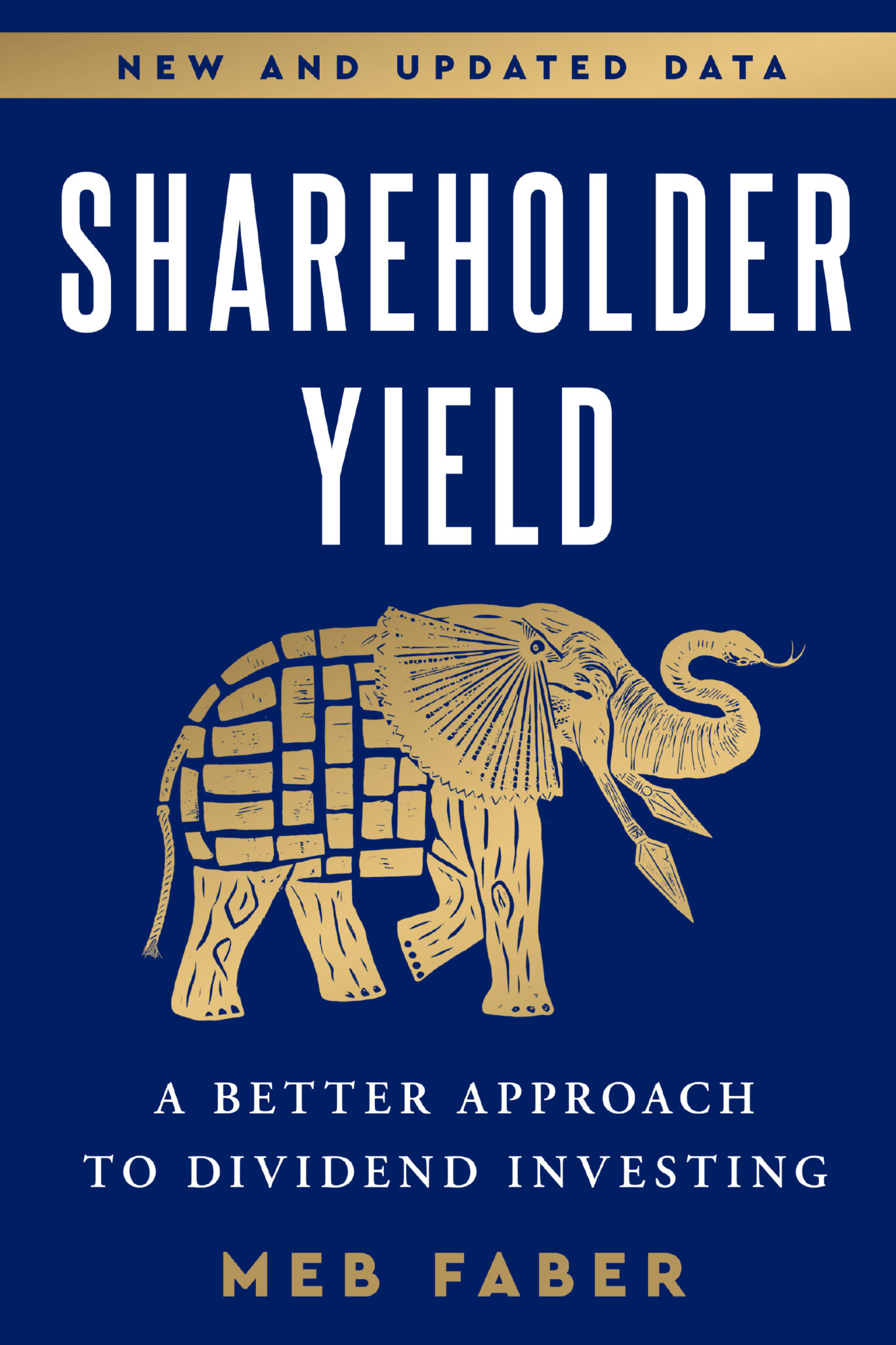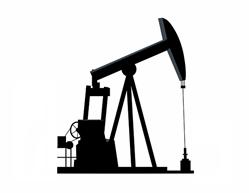For many people, credit card debt exceeds their savings. Here’s how to build an emergency fund:

Tim Whistler’s credit card debt grew to about $8,000. Prices for everyday items have risen, his monthly rent has jumped from $1,000 to $1,400 over four years, and last year the birth of his son added a whole new category of expenses. Like a growing number of Americans, his credit card debt now exceeds his savings.
“I was emotionally stressed as I saw my credit score go down, my bills go up, and I rack up huge amounts of debt,” said Whistler, 41.
He is not alone. More than a third (36%) of U.S. households say they owe more credit card debt each month than they have in emergency savings, according to a new survey from Bankrate. This is the highest rate since opinion polls began in 2011.
The survey found that this was more likely to be the case for Gen X and Millennial consumers. Meanwhile, baby boomers were more likely to say they had more emergency savings than credit card debt.
“Sixty percent of U.S. households live paycheck to paycheck, and necessities rather than discretionary items are increasingly being placed on credit cards,” Greg McBride, chief financial analyst at Bankrate, told MarketWatch. The fact that more consumers are using credit cards to finance purchases now that credit card interest rates have risen above 20% is “a clear sign of financial strain,” he added.
The U.S. economy has continued to grow despite these stresses on consumers, but in the future it “may not grow as fast, or at least not with the help of the massive household savings” that people had during the pandemic. Scott Baker, a finance professor at the Kellogg School of Management, said the government was providing emergency stimulus and COVID-19 restrictions were limiting people’s opportunities to spend their money. “Many households that were increasing their consumer spending can no longer do so,” he said. “I think it’s definitely a negative trend.”
The cost of ‘living’ is increasing faster than income.
“Credit card balances are increasing and delinquency is also increasing. This indicates increased financial stress among consumers,” said Amy Crews Cutts, chief economist at financial services firm Primerica PRI.
Like McBride, she blames “the high cost of just getting by” rather than excessive spending.
Only 3% of middle-class households (income $30,000 to $130,000) surveyed by Primerica said their income was growing faster than the cost of living, despite slowing inflation and rising incomes. The company estimates that over the two-and-a-half years from May 2021 to October 2023, middle-income households spent $2,445 more than the average increase in income on essentials alone (excluding food, gas, utilities, health care and insurance).
“I’m making more money than I ever have, and (my wife) is earning the highest hourly wage ever. But with the current financial situation in this country, we find it incredibly burdensome just to get by,” Whistler said. He works full-time as an operations manager in Orlando, Florida, making about $50,000, and his wife works part-time as a barista, making $20 an hour. There is no child support yet, but basic costs have been added.
According to data from Apartmentlist, grocery prices in the U.S. are 25% higher than they were four years ago, and the median rent for a listed two-bedroom apartment has increased 19% during that time. As home prices and interest rates have risen over the past two years, the average monthly mortgage payment has jumped 83%, from $1,242 in 2019 to $2,268 in 2023, according to Bankrate.
Results: One in three consumers surveyed told Bankrate they have less emergency savings now compared to a year ago (compared to 30% who said they have more now).
How to save while paying off credit card debt
About 36% of people surveyed by Bankrate want to tackle debt and savings simultaneously (the highest percentage in seven years). 28% are prioritizing increasing their emergency savings. 25% are prioritizing debt repayment.
Saving money while paying off high-interest credit card debt can be difficult, but it is necessary. “If people don’t prioritize saving, they’re going to suffer a lot later,” said Catie Hogan, director of curriculum at financial education company Parthean.
Choose how to handle your credit card debt
Hogan recommends the “avalanche method,” which means organizing your debts from highest to lowest interest, then paying as much as possible on the highest debt and making the minimum payments on all other debts. During that time, people should pay with cash or debit cards rather than continually adding to their credit card balances.
Another widely used approach is the ‘snowball method’, where people pay off their lowest balances first. “This can give you some quick wins in terms of being able to build momentum by paying off some of your cards in full sooner,” said Rob Williams, managing director of financial planning at Schwab SCHW.
“The downside is that it may take longer to pay off your total debt and may cost you more in interest.”
Plan your spending
Williams recommends people create a spending plan. “First, take a realistic look at where your money is going. Use a spending tracker to help you understand what you’re spending and why. Then decide what compromises you should make. Having a spending plan is liberating. Because you can control it.”
“Evaluate other things you can do, even temporarily, to generate cash to pay off credit card debt,” says Bankrate’s McBride. Identify costs that can be cut or eliminated, such as subscriptions. Sell unwanted items online or at yard sales. “Work as a freelancer or contract worker, or take on more part-time jobs until you pay off all your debt.”
Automate your savings
At the same time, people should automate having a portion of their paychecks deposited directly into their savings accounts, McBride said. Some high-yield savings accounts have been paying account holders 5% or more in interest, which will help them grow without any extra effort. Ultimately, the goal is to have an emergency fund that can cover 3 to 6 months of living expenses.
“Think about how you got into credit card debt. This may mean evaluating your relationship with money and examining your personal beliefs and habits around money,” Hogan said. “If you have a problem with overspending, it’s important to make small, sustainable changes.”
When you’ve paid off your credit card debt, make a commitment to pay off the balance every month if possible to avoid starting the vicious cycle again.
If you’d like to share your personal finance story with MarketWatch, contact readerstories@marketwatch.com. One of our reporters may contact you to find out more.




